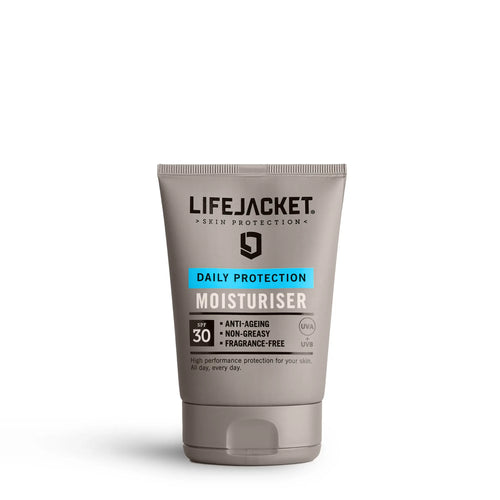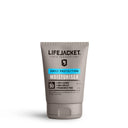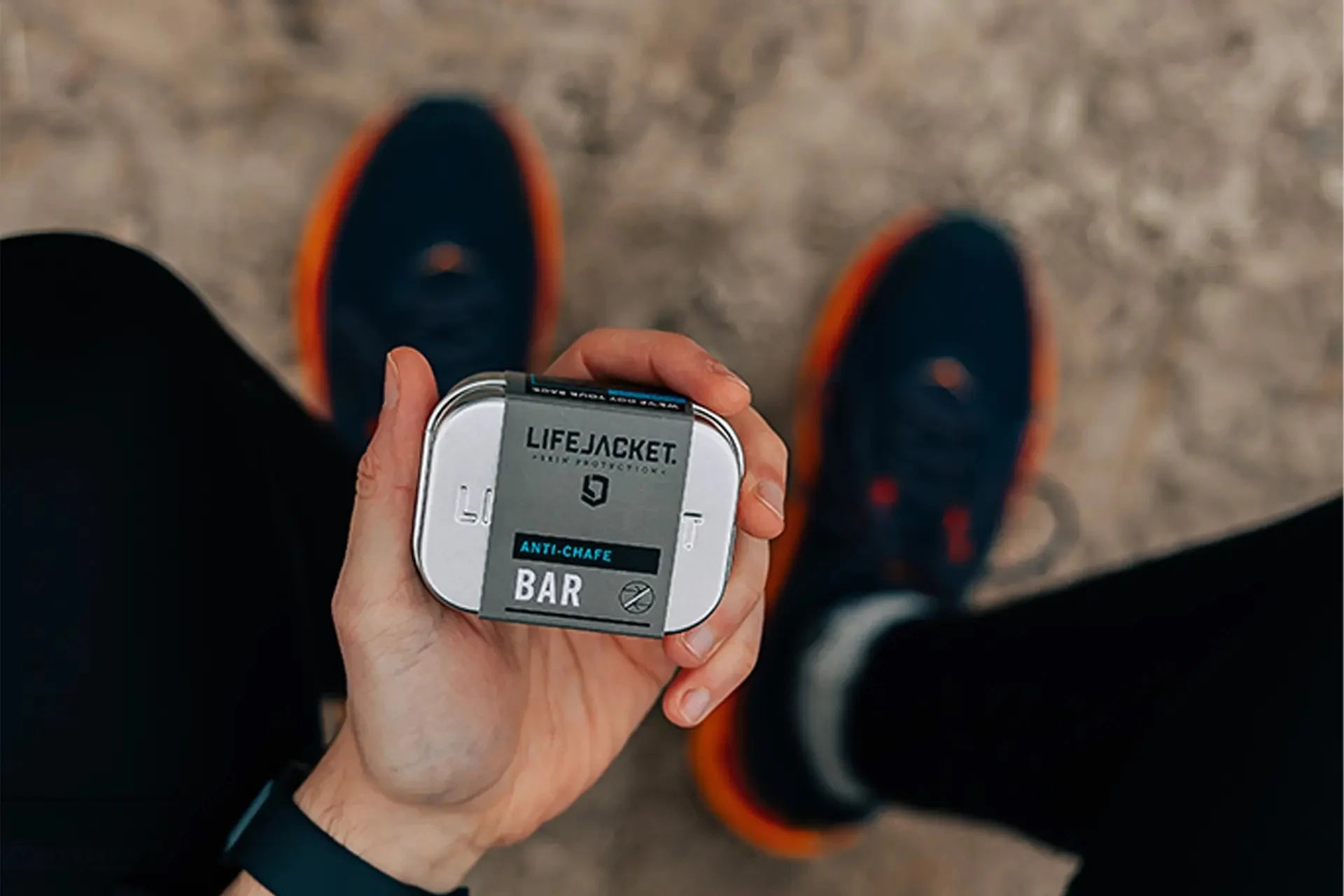Skin chafing is a common problem many athletes, weekend warriors and outdoor enthusiasts experience. You might be surprised to hear that chafing - a dermatological injury - is actually the most common injury sustained by ultramarathon runners. But you don't need to be an ultramarathon, marathon or even half-marathon runner to experience chafing or blisters.
In today's LifeJournal, we explain what skin chafing is, why and where it occurs, and what you can do to help prevent it. That way your skin barrier can stay in tact, healthy and carry out its main role of keeping you protected.
Skin's main job
Your skin is your body’s largest organ. It keeps bacteria and germs from entering your body and bloodstream, causing infections. It also protects against external aggressors like harsh weather, UV and pollution.
When it comes to skin chafing, the skin barrier can become compromised and exposed. The issue with skin that has been breached is that your natural defences are down and bacteria or viruses may find a way to enter the body.
Why does skin chafing happen?
Chafing occurs when there's repeated friction between skin and clothing (or equipment), leading to irritation, redness, and even blisters.
Any repetitive action causing skin-on-skin, skin-on-fabric or skin-on-equipment friction can lead to chafing. It's not about how extreme you are, it's about the constant, ongoing nature of a movement.
So, whether you suffer skin irritation from walking, hiking, gardening or Olympic rowing, it's all the same.
What's going on with skin when it chafes or blisters?
Technically speaking and as mentioned, chafing is a 'friction injury' caused by repetitive rubbing between skin and skin, or skin and clothing/equipment such as a wetsuit, back pack or bike saddle.
Continual rubbing of the skin's outer layer (the epidermis) causes microscopic tears and that layer of skin can wear away, leaving the layer beneath it exposed. In the words of our very own Consultant Dermatologist, Professor Christian Aldridge, “chafing or friction dermatitis is principally caused by skin rubbing against skin, clothing or other materials, leading to sore, red inflamed skin which can crack, weep and even bleed if severe." Given the skin's role in protecting your body from the outside world, exposed skin is something you need to try and avoid.
Although the skin is tough, the outer layer of skin needs to move together with the layer underneath (the dermis) as the two layers interact together to keep us healthy. When the skin is dragged across a surface, it can cause separation between the two layers. Blisters develop when friction causes the epidermis to separate from the dermis. Clear fluid (either serum or plasma) fills the gap and forms a blister to protect the damaged skin and aid healing. Friction blisters are usually filled with clear, sterile fluid, but blood blisters occur when blood vessels in the skin have also been damaged, and hence the blister fills with blood.
What are the symptoms?
Chafing can be really painful. It can feel like anything from a light, stinging burn to a full-on skin tear and bleeding.
According to Professor Aldridge, "most irritation settles several hours later but the areas can remain sensitive even into the next day. Chronic chafing can lead to thickening (lichenification) and post-inflammatory hyperpigmentation (skin changes colour) so it's important to protect your skin against this."
Where does skin chafing commonly occur?
By now, it's pretty obvious that chafing is most common in areas where the skin is sensitive or where there's a lot of rubbing.
For example, runners may experience chafing on their inner thighs or nipples, while cyclists may experience chafing on their groin or buttocks. Surfers commonly experience neck or chest chafing from their wet suit and board. And, of course, ill-fitting footwear can cause blisters for anybody who spends a long time on their feet.
Chafing can also occur in areas where clothing or equipment is too tight or where there is excess moisture, such as the armpits or under the breasts.
How to prevent skin chafing?
Sweating is a necessary and valuable cooling mechanism during exercise but it can aggravate matters when it comes to chafing. Sweat’s saltiness and moisture are a double-whammy for the skin which is why blisters and chafing can often be worse in hot or humid conditions. Firstly, moisture leaves the skin prone to damage. On top of this, when sweat evaporates, it can leave behind a gritty layer of salt crystals on the skin, increasing friction and irritation.
Professor Aldridge advises you should "wear the right type of clothing for the activity you are undertaking. Also, wear clean and dry clothes as dried sweat, chemicals, dirt etc may cause irritation. Lastly, protect yourself with a barrier cream or balm to minimise friction during exercise and aid recovery afterwards."
Using a lubricant like our Anti-Chafe Bar will reduce the very friction that can lead to chafing in the first place. Made from five plant oils and nut butters, the balm can simply be applied wherever needed to provide a long-lasting, waterproof layer on top of the skin. This facilitates glide instead of that stinging sensation of raw skin.
The raw truth
Skin chafing is a common problem that can be painful and uncomfortable. Don't let it stop you spending time doing what you want to be doing. A few simple steps around your gear and you'll be running ultra marathons before you know it!






